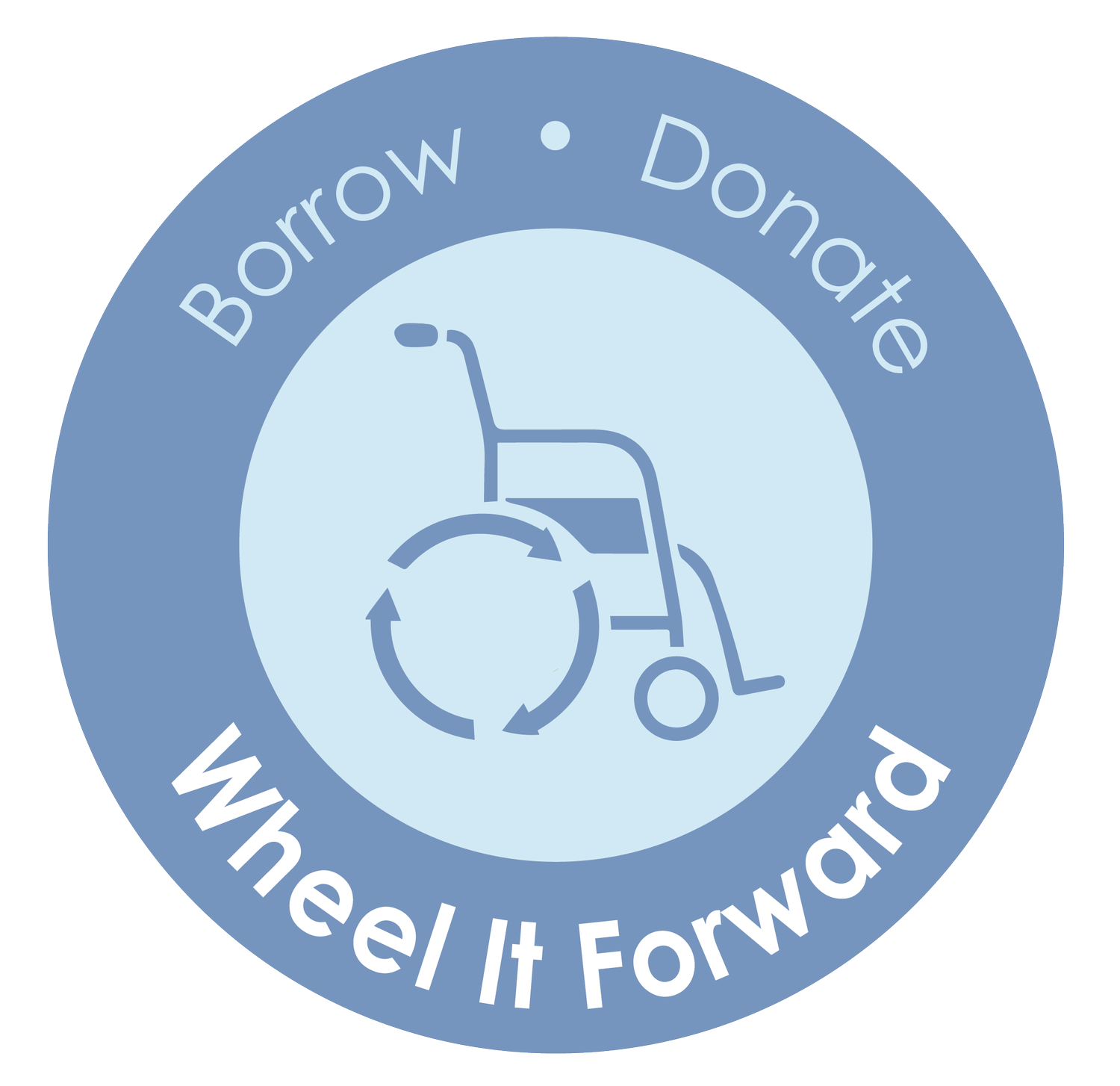
Assistive Technology (AT) Act of 1988 / 2004
Click here to download the full informational document. A short excerpt can be found below.

History of the AT Act
It was passed to help increase awareness of assistive technology, access to assistive technology and acquisition of assistive technology.
Originally passed in 1988 and was reauthorized in 1994, 1998, 2004, and 2022. The current reauthorization lasts through FY 2026.
When it was reauthorized in 2004, it was converted from a competitive grant program to a formula grant program (a grant that is typically awarded based on a formula) for State AT Programs (Section 4 formula grantees) and Protection and Advocacy AT Programs (Section 5 formula grantees).
When it was reauthorized in 2022, the goal was to update and modernize it, which would increase access to assistive technology devices and assistive technology services for individuals with disabilities. Specific changes include expanding the scope of certain technical assistance to support grant recipients with data collection, increasing collaboration between agencies that are implementing certain assistive technology grants and state agencies that receive other sources of federal funding for this technology, and adding a more specific focus on older adults in these programs.
In FY 2005, Congress amended the AT Act to eliminate the separate Alternative Financing Program (statewide programs that help people with any disability get the financing they need for assistive technology) authorization and instead authorized an AT State grant program that is inclusive of financing activities (which is helpful for low income populations), including alternative financing loan programs. Each State Grant for Assistive Technology program includes financing activities.
In FY 2015 through this fiscal year, congress has continuously appropriated funding apart from the AT Act for the purposes of creating Alternative Financing program grants.
There are currently 56 State Assisted Technology programs for approximately 50,000,000 individuals with disabilities in the United States.
